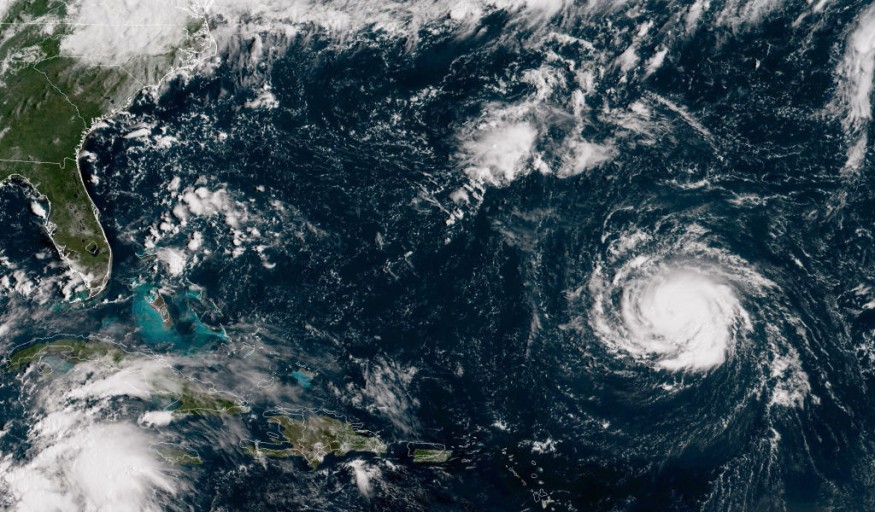Tropical storm warnings for multiple countries in the Southern Caribbean region have been issued by the United States' National Hurricane Center (NHC), according to the latest update.
This comes as a weather disturbance from Africa was seen hovering over the Atlantic and Caribbean over recent days.
The looming threat raised concerns that it could potentially become the first named storm of this year's Atlantic hurricane by the end of June, according to hurricane specialists.
If it does, the NHC will call it as Tropical Storm Bonnie, which is likely to bring heavy rain, flash flooding, and powerful winds across the region, including the Southeast US.
An aircraft from the National Oceanic and Atmospheric Administration (NOAA) called "Hurricane Hunter" has reportedly confirmed that the system has not met the criteria yet for it to be classified as a tropical storm.
The said criteria will be based on its intensified winds for it to be elevated into to a storm or hurricane.
In recent years, the Caribbean has been battered by violent storms in the form of either a tropical storm or hurricane from the Atlantic Ocean.
In addition, storms from the Pacific Ocean, which often head to the Gulf of Mexico via Mexico and other countries in Central America, has also wreaked havoc in the past.
Tropical Storm Warnings

The NHC on Tuesday, June 28, issued tropical storm warnings for several Caribbean island territories, including Trinidad and Tobago, due to the poorly defined system, as reported by the Orlando Sentinel.
Other territories affected are Grenada, Colombia, and some islands of Venzuela.
Based on its Two-Day Graphical Tropical Weather Outlook, the NHC in Miami, Florida said there is a chance for the system to intensify into a tropical storm in the next 48 hours or five days from 8:00 p.m. on Tuesday.
The more organized or structured form of the system could be a tropical storm called "Tropical Cyclone Two," according to the NHC outlook. This is based on the US hurricane agency's tropical cyclone climatology.
Hurricane Agatha
From late May to early June, Hurricane Agatha formed over the eastern Pacific Ocean and made landfall in Oaxaca state, Mexico. It brought torrential rain, massive flooding, and landslides, killing multiple people and resulting in missing persons.
According to Yale Climate Connections, the massive category 2 storm with 105 wind gusts of 105 miles per hour left 11 people dead and 32 missing, as well as affecting the western Caribbean, South Florida, and Cuba.
Agatha became the first hurricane in the region for the Pacific hurricane season this year.
Atlantic Hurricane Season
In the US, the Atlantic hurricane season poses more threat to the country compared to its Pacific counterpart.
This is due to the fact that most storms or hurricanes hailing from the Pacific rarely makes a landfall in West Coast, Southwest US, or even the southern states.
In the contrary, related storm systems from the Atlantic Ocean frequently moves in a northwestward or southwestward pattern.
This immediately puts the East Coast, the Deep South, and even countries in the Gulf of Mexico and Caribbean Sea at risk.
© 2025 NatureWorldNews.com All rights reserved. Do not reproduce without permission.





